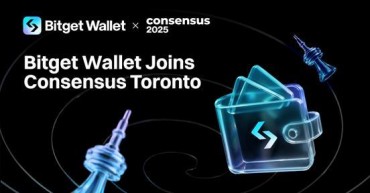
“As this IoT revolution unfolds, automotive innovation and value creation will be shifting to the boundaries with other verticals such as home automation, smart grids, smart cities, healthcare and retail,” (image: Kobizmedia/ Korea Bizwire)
LONDON, June 18, 2014 (Korea Bizwire)–“For the automotive industry the emergence of the IoT constitutes a disruptive and transformative environment characterized by value chain and business model upheaval and a ‘collaborate or die’ ecosystem friction reality prompting it to redefine and reinvent itself in order to capitalize on the huge opportunities in the new IoT economy. The absorption of the automotive industry in the wider IoT is driven by new connected car use cases such as EVs as a mobile grid and vehicles used as delivery locations. As this IoT revolution unfolds, automotive innovation and value creation will be shifting to the boundaries with other verticals such as home automation, smart grids, smart cities, healthcare and retail,” says ABI Research VP and practice director Dominique Bonte.
Vehicle-to-Infrastructure (V2I) and Vehicle-to-Retail (V2R) will be the dominant segments with respectively 459 and 406 million vehicles featuring smart car IoT applications by 2030, followed by V2H (Vehicle-to-Home) and V2P (Vehicle-to-Person) with 163 and 239 million vehicles respectively. Vehicle-to-Grid (V2G) services will be offered on 50 million vehicles in 2030.
High profile examples of connected car IoT applications include Volvo’s Roam Delivery service, the partnership between Mercedes-Benz and Nest (Google) on remotely controlling home thermostats, the Toyota-Panasonic cooperation to integrate cars with home appliances, Vehicle-to-Grid services from GM and Toyota, and Nissan’s Nismo smart watch combining personal healthcare with vehicles diagnostics.
However, in order to fully unlock the automotive IoT potential it will be critical to address a wide range of barriers including security, safety, regulation, lack of cross industry standards, widely varying industry dynamics and lifecycles, and limited initial addressable market sizes.
These findings are part of ABI Research’s Automotive Safety and Autonomous Driving (https://www.abiresearch.com/market-research/service/safety-and-security-telematics/) and Smart Transportation (https://www.abiresearch.com/market-research/service/intelligent-transportation-systems/) Market Research which covers urbanization and mega city trends, cooperative ITS technologies, electric vehicles and charging infrastructure, Vehicle-to-Vehicle and Vehicle-to-Infrastructure, Electronic Toll Collect, and Traffic Management, and Information Systems.
ABI Research provides in-depth analysis and quantitative forecasting of trends in global connectivity and other emerging technologies. From offices in North America, Europe and Asia, ABI Research’s worldwide team of experts advises thousands of decision makers through 70+ research and advisory services. Est. 1990. For more information visit www.abiresearch.com, or call +1.516.624.2500.
Source: ABI Research (via BusinessWire)








Pingback: Smart Car Innovation and Value Creation to Shif...